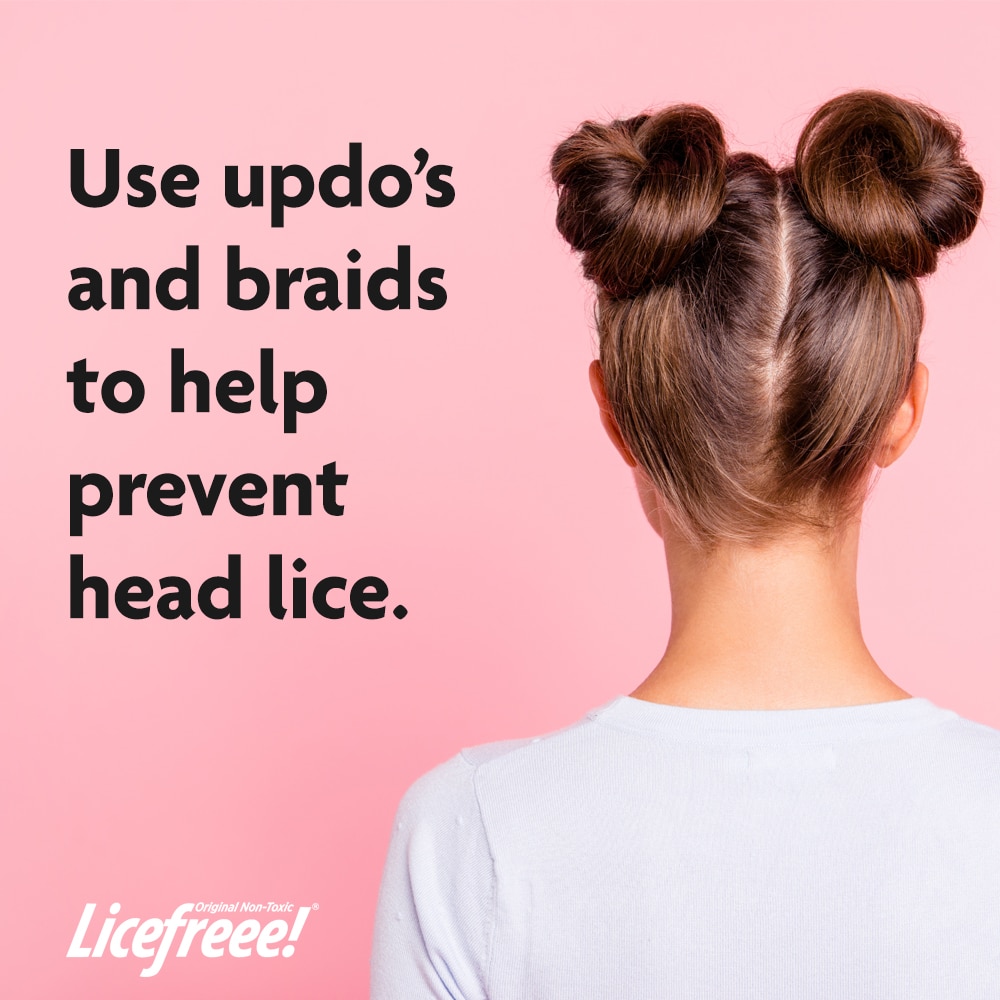Comprehensive Guide to Preventing Head Lice
Head lice infestations are a common issue, particularly among school-aged children. Despite popular belief, lice cannot fly or jump; they crawl quickly from one hair strand to another. The key to preventing head lice is to avoid direct contact with them and to take proactive measures in environments where lice infestations are likely. This guide will provide you with detailed tips and information on how to prevent head lice effectively.

Understanding
Knowing how head lice spread is crucial in preventing infestations. The most common ways head lice are transmitted include:
- Direct Contact with an Infested Person: This is the primary way lice spread. In schools, children can transfer lice during recess, on the school bus, or during classroom activities where they sit in close groups.
- Sharing Infested Items: Items like hats, scarves, coats, hair accessories, hairbrushes, and even stuffed animals can harbor lice.
- Contact with Infested Furniture: Lice can also spread by sitting or lying on a bed, couch, pillow, or carpet that has been infested.
Effective Head Lice Prevention Steps
Implementing the following preventive measures can significantly reduce the risk of head lice infestations:
- Stay Informed About Local Outbreaks – If you have children, maintain communication with local schools. Lice outbreaks are typically reported to school nurses and administrators. Being aware of an outbreak can help you take immediate preventive actions.
- Practice Good Personal Hygiene – Teach children to avoid sharing personal items such as hats, scarves, hairbrushes, and hair accessories with their friends. Personal items should be for individual use only to minimize the risk of lice transfer.
- Hairstyles to Reduce Risk – During lice outbreaks, encourage children with long hair to wear it tied back in ponytails, braids, or buns. This can reduce the chance of hair-to-hair contact and make it more difficult for lice to transfer.
- Regular Head Checks – Periodically check the heads of family members for lice and nits. It is helpful to use a nit comb, which is an excellent tool for this purpose. Begin at the nape of the neck and behind the ears, working your way forward. Conduct head checks under bright light to ensure you don’t miss any nits or lice.
- Learn the Signs and Symptoms of Head Lice – Familiarize yourself with the common signs of head lice, such as frequent itching of the scalp, a tickling feeling of something moving in the hair, and the presence of nits (lice eggs) attached to hair shafts close to the scalp.
- Clean and Disinfect Personal Items and Home – Regularly wash and disinfect items that come into contact with the hair, such as pillowcases, towels, and hair accessories. Use hot water and a high heat setting in the dryer to kill any lice or nits.

What to Do If Prevention Fails
Despite your best efforts, lice infestations can still occur. Here’s how to handle them effectively:
- Don’t Panic – If you discover lice, stay calm. Head lice do not carry diseases, and while they can be a nuisance, they can be treated effectively.
- Use an Effective Lice Treatment – Look for over-the-counter treatments, such as Licefreee!, that are effective and non-toxic. Follow the instructions carefully and apply the treatment thoroughly.
- Remove Dead Lice and Nits – After treatment, use a nit comb to remove dead lice and nits. This step is important to prevent reinfestation. Comb the hair section by section under bright light to ensure all nits are removed.
- Follow Up – Even if it appears that all lice and eggs are gone, conduct a head check use a follow-up treatment, if needed, within seven days to kill any newly hatched lice. Continue to perform random head checks to catch any early signs of reinfestation.
Additional Tips for Effective Lice Management
- Educate Your Family – Make sure all family members are aware of the signs of head lice and know how to perform regular head checks.
- Communicate with Your Child’s School – Inform your child’s school if you find lice. This helps the school take necessary measures to prevent the spread among other students.
- Keep Personal Items Separate – Instruct children to keep their personal items, such as hats and scarves, in their own cubbies or lockers at school, rather than piling them with those of other students.
- Maintain a Clean Home Environment – Regularly vacuum carpets, upholstered furniture, and car seats to remove any stray lice. Wash bedding and clothing in hot water and dry them on a high-heat setting.
Preventing head lice can be done with proactive measures, especially in environments where lice are commonly spread. By following the steps outlined in this guide, you can significantly reduce the risk of lice infestations. Remember, if an infestation does occur, staying calm and following effective treatment protocols will help you manage and eliminate the problem efficiently.
